The Partisan
"The Partisan" is a fine addition to the the ever-longer list of WW2 films, especially so as it highlights a couple of historic actions rarely if ever shown. And of particular interest to me as the main battle took place at the high valley of the Vercors, France, which I visited this past summer.
The film tells the abbreviated story of Krystyna Skarbek, Polish emigre to the UK who joined the Special Operations Executive and spied for the course of the war. Reading the Wikipedia page on her, even that abbreviated biography makes you want to say (as is so often the case), This should have been a mini-series, not a movie.
What we get are the first and last episodes of her spy craft - getting back in to Poland to retrieve some microfilm communiqué, and finally over to the Drôme region of southern France to help the Vercors Maquis in July/August 1944.
I've mentioned a bit about the Battle of Vercors in a recent post. It's the kind of staggering bit of action - a division of Nazi soldiers, aircraft, gliders, heavy artillery, etc, engaging in an inland alpine invasion, two months after D-Day - that fuels my near-obsession with the vastness of WW2 history.
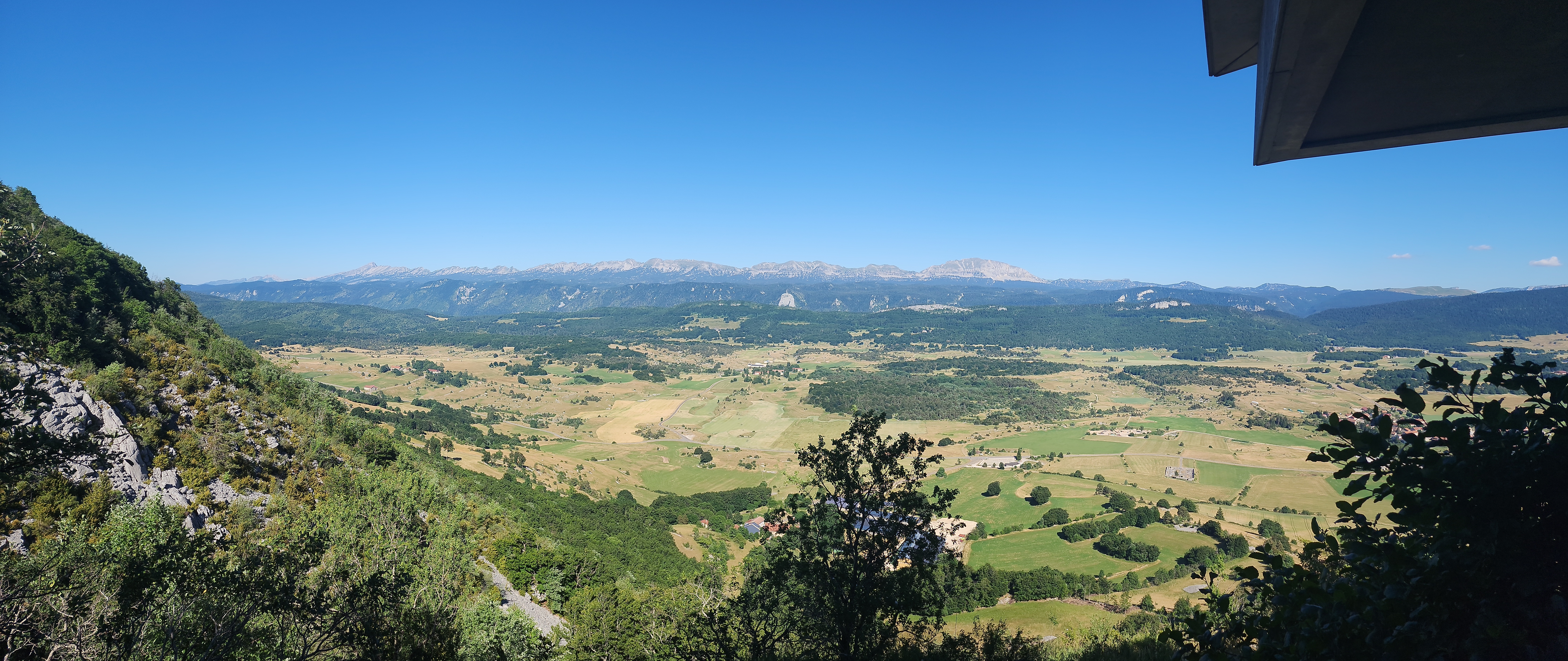
The Resistance actions here are a small but critical part of the film. Unfortunately, the battle is only ever seen in long shot, with artillery explosions substituting for any protracted fighting shots. There's also a bit of fiction in that, in the film, the Brits renege on a promise to delivery artillery; the point is made that the Maquis were set up as a diversion. Not sure about that as on July 17 72 US B-17s dropped 800 some canisters of arms and munitions.
During my visit, we were able to get to the Departmental Museum of the Resistance of Vercors with myriad artifacts from the Free French forces and the battle.
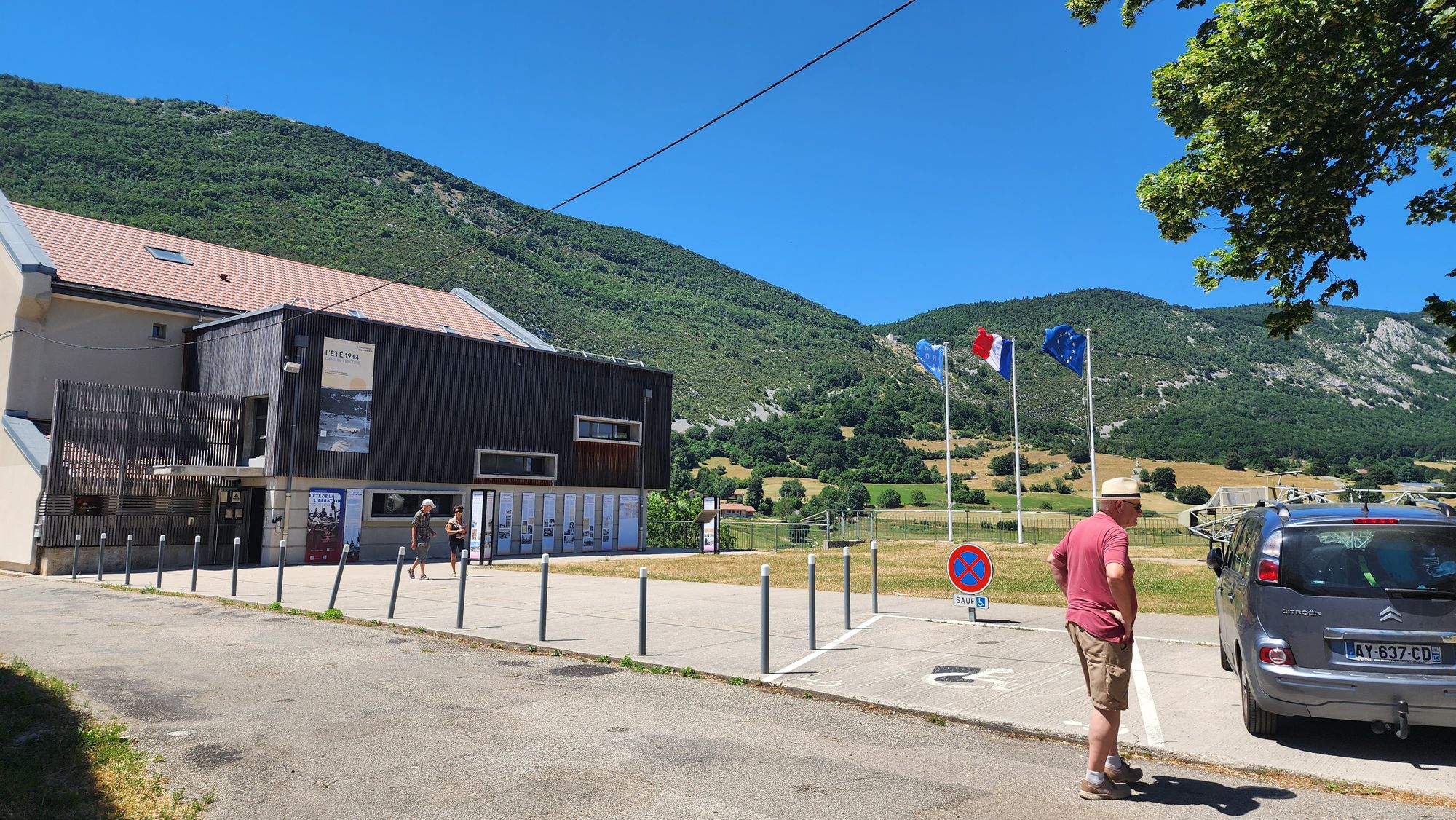
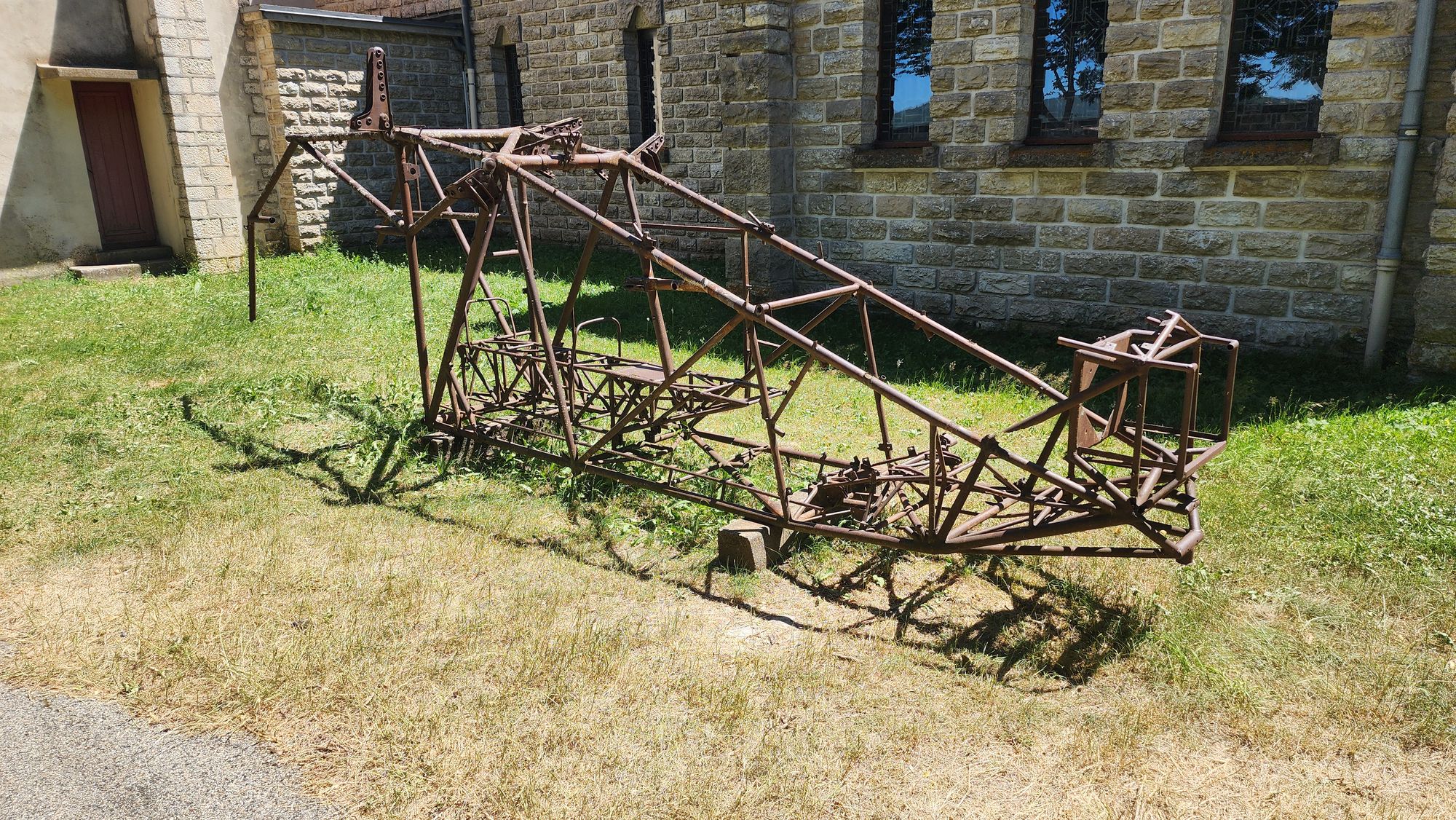
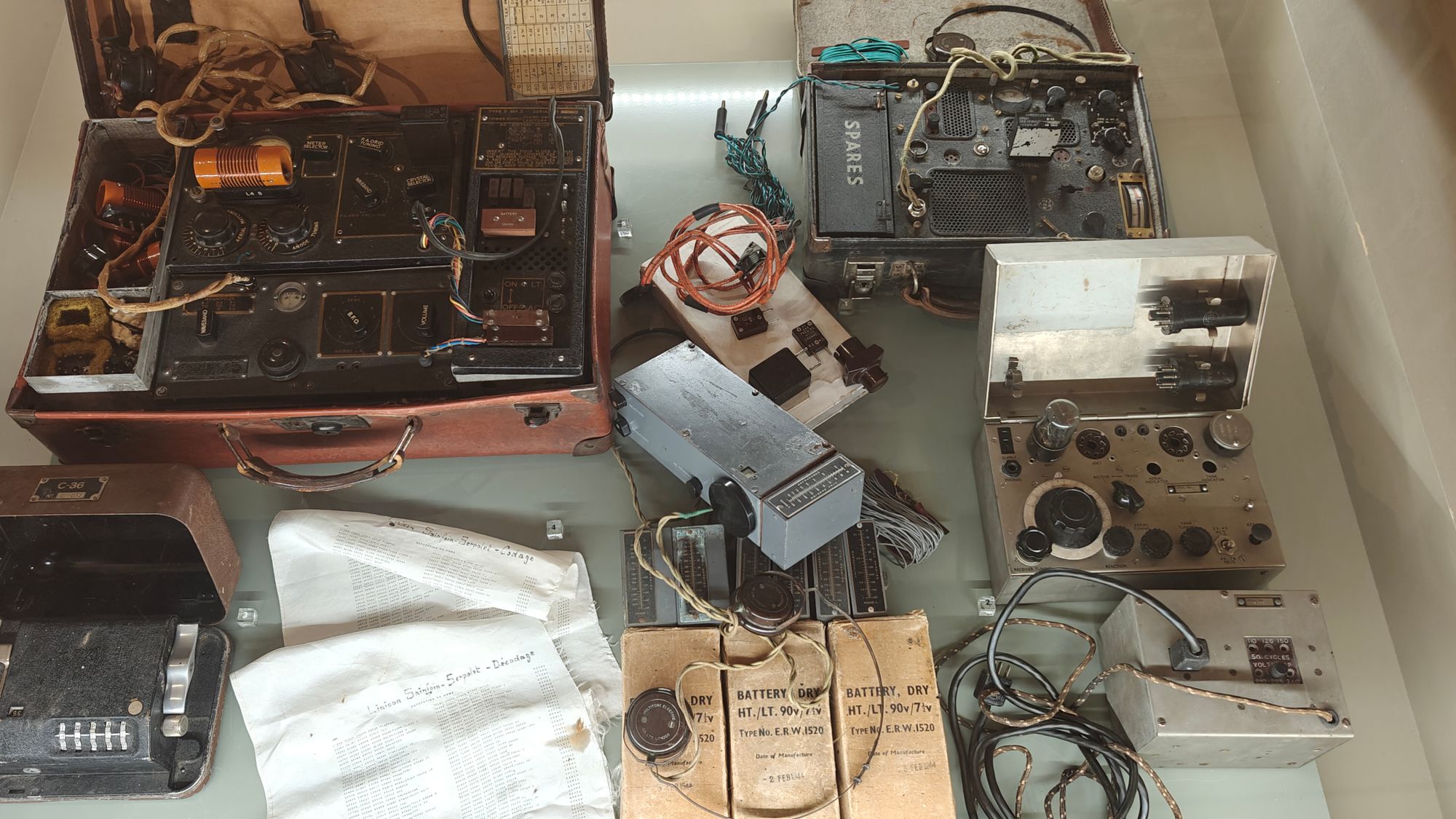
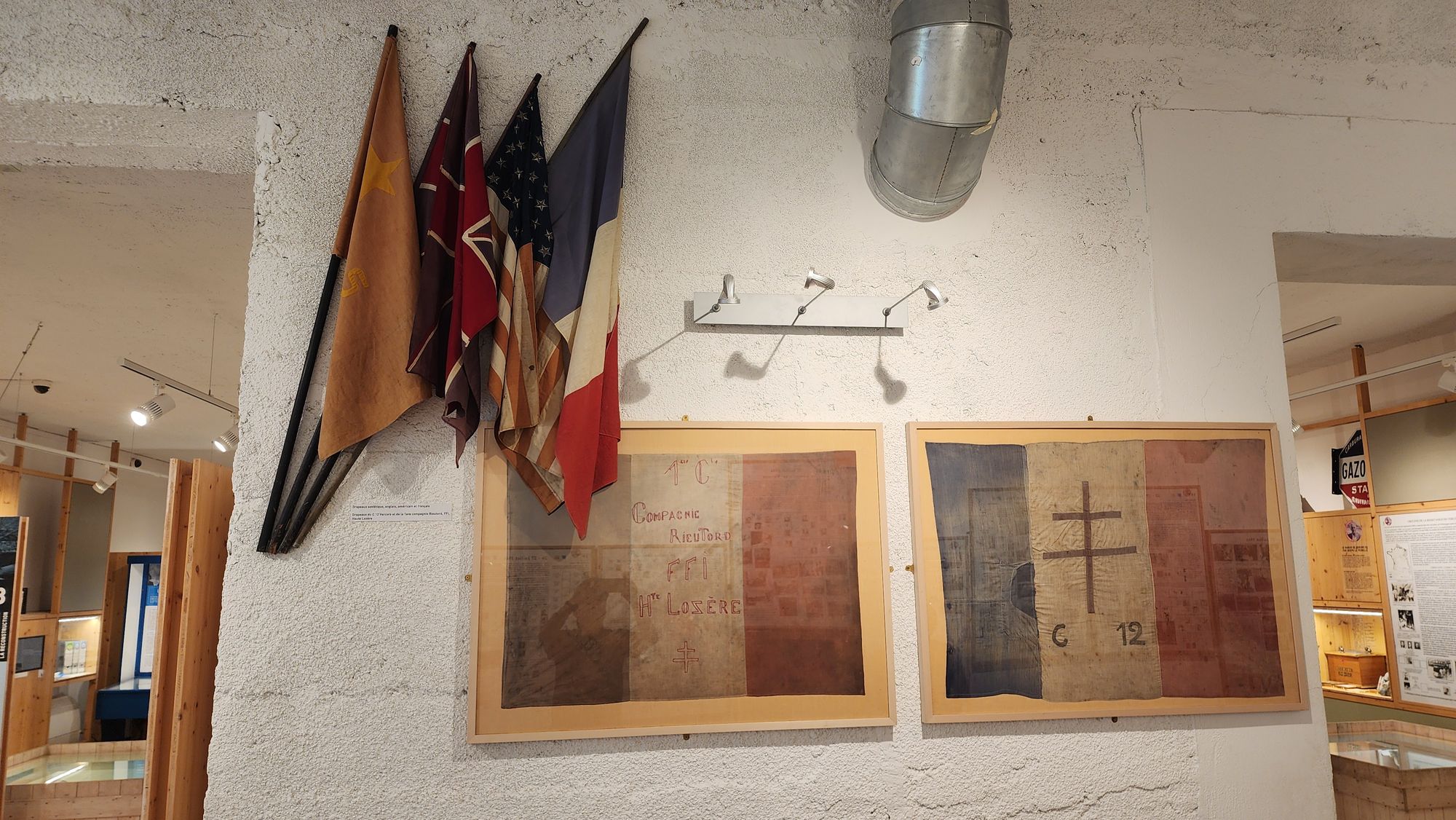
The film then focuses on Skarbek's audacious visit to a Nazi prison to try and get senior Resistance fighters released. Unstated is that this happened on Aug 15-16, the day of the US-led Allied Operation Dragoon landings at three beaches (and four separate commando raids) along the Mediterranean coast, some 200 miles south. She walked in, got a meeting with the Commandant, and announced that she was a British spy here to negotiate for the release of her friends. Over a few hours, making sure the Commandant understood that his war was basically over and with the assistance of a two million franc bribe, Skarbek succeeded.
For some reason, that true story isn't quite enough for this film and some of the details above are ignored. Still, the ending is appropriately chilling and exciting. Knowing this background information made the movie work for me quite well; I'm happy to recommend it. Good performance by Morgane Polanski (daughter of director Roman Polanski) as Skarbek, a couple scenes with spymaster Malcom McDowell, and directed by James Marquand (son of Richard Marquand, director of Eye of the Needle and Return of the Jedi).